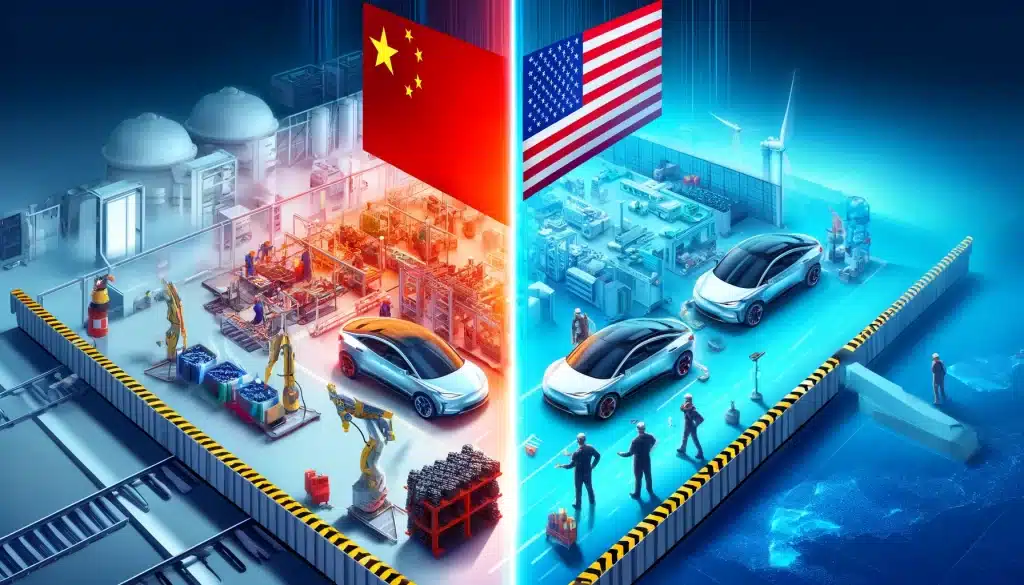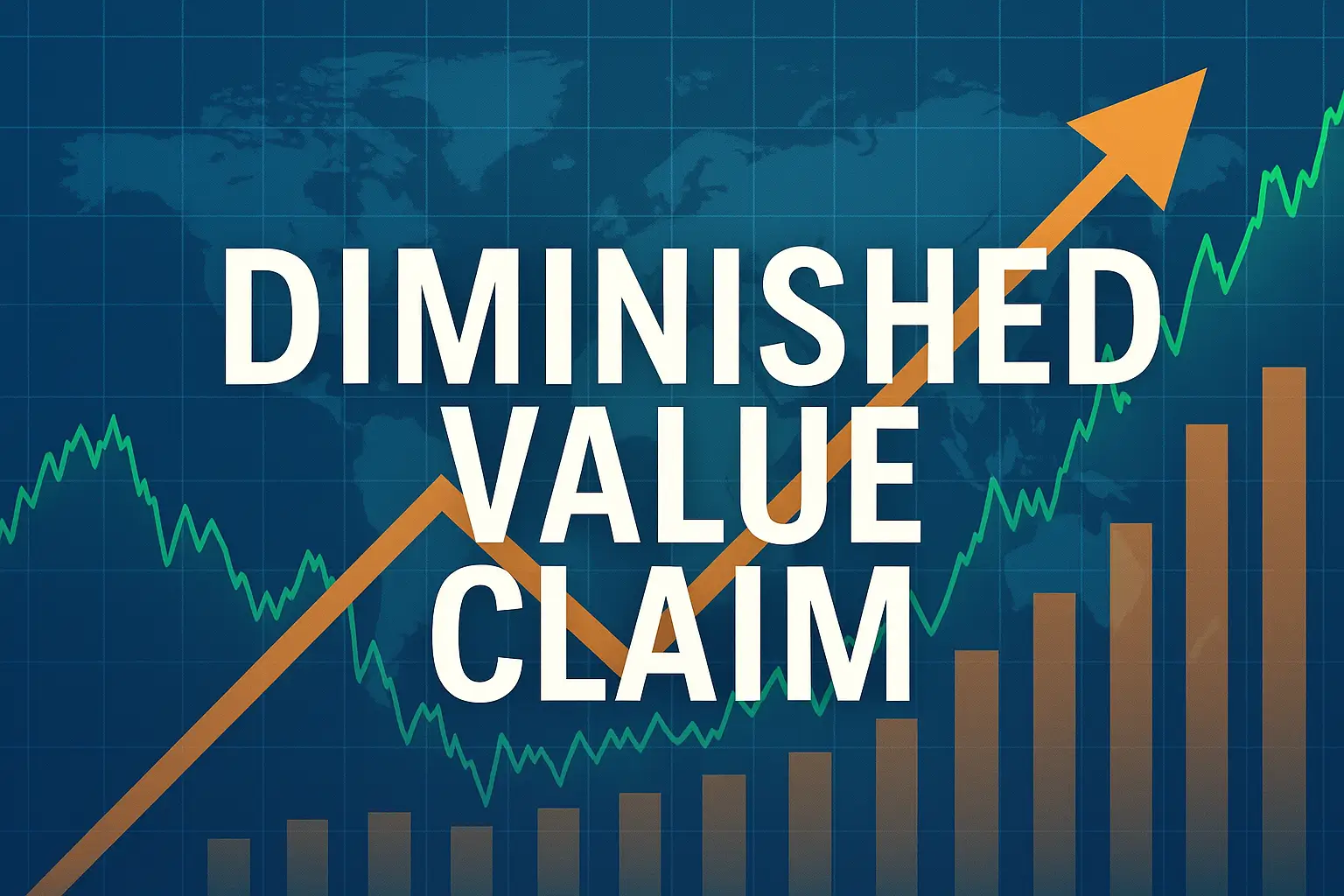The Biden administration’s recent decision to impose stiff new tariffs on Chinese electric vehicles (EVs) and critical minerals has sparked a wave of discussions. While some believe this move is necessary to bolster domestic production, others are concerned about the immediate economic impacts and the potential rise in EV prices. Let’s dive into the details and explore some lesser-known aspects of these tariffs and their implications for the auto industry.

Impact of New U.S. Tariffs on China’s Auto Industry (PDF)
Graphite Tariffs and Their Impact
Graphite, an essential mineral for EV battery production, is predominantly produced in China. Starting in 2026, the U.S. will impose a 25% tariff on graphite. This change is significant because it’s not just about electric cars; it’s about the entire supply chain that supports them.
Currently, China dominates the global graphite market, producing 77% of the world’s supply. The U.S., on the other hand, imports 42% of its graphite from China. This tariff aims to disrupt that dependency and encourage domestic production.
Balancing Domestic Production and EV Prices
The White House is walking a tightrope, trying to boost domestic production without making EVs prohibitively expensive. This month, the administration extended EV tax credit eligibility for batteries using Chinese-sourced graphite until 2027. This move gives automakers time to develop domestic sources of graphite while keeping EV prices competitive in the short term.
Reed Blakemore from the Atlantic Council’s Global Energy Center pointed out that consecutive pieces of guidance and proposed tariffs, which include carve-outs for graphite, highlight China’s significant role in the graphite supply chain. The administration’s strategy suggests that while they’re preparing for a future less dependent on Chinese minerals, they’re also acknowledging the current market realities.
Investment Signals and Domestic Challenges
The introduction of new tariffs is a clear message to investors about the future market for domestically sourced critical minerals. Leslie Hayward from Securing America’s Future Energy explains that while the phased tax rates offer temporary relief to automakers, they simultaneously signal to miners that domestic demand is on the horizon. It’s essentially a nudge, saying, “Get ready, your time is coming.”
Despite this encouragement, there’s uncertainty about whether the two- to three-year timeline is sufficient to establish a solid domestic supply chain. The current non-Chinese graphite production falls short of the EV industry’s demands, and U.S. miners face a slew of bureaucratic hurdles.
Navigating through federal, state, and environmental regulations can stretch the permitting process to nearly a decade, posing a significant challenge to timely domestic production.
Pricing Concerns
One of the biggest concerns is the potential rise in EV prices. Even if the U.S. manages to build a domestic supply of critical minerals, competing with China’s economic advantages is no small feat. Sarah Bauerle Danzman from Indiana University Bloomington highlighted China’s low labor costs, government support, and undervalued currency as factors that make Chinese products cheaper.
Shay Natarajan from Mobility Impact Partners warned that while domestic availability might eventually be figured out, the interim period could see significant price hikes for EVs. This is troubling news for dealers like Scott Kunes, COO at Kunes Auto Group, who are already struggling to sell EVs at current prices. Adding tariffs to the mix only exacerbates the challenge.
Exploring Alternatives
While there are alternatives to graphite, such as sulfur lithium batteries, these technologies are not yet commercially viable. Companies like Lyten are working on these innovations, but it will take time before they can be mass-produced. Keith Norman, Lyten’s chief sustainability officer, emphasized that trying to outmine China in the same minerals they control is risky. Instead, developing new technologies that reduce reliance on these critical minerals might be a more sustainable approach.
Growing Threat of Chinese EVs
The tariffs on Chinese EVs are a preemptive strike against potential market domination. As of now, the high tariffs have kept most Chinese manufacturers out of the U.S. market. Geely is the exception, exporting 2,217 cars in the first quarter under the previous 25% tariff. With the new 100% tariff, it’s unlikely we’ll see a significant influx of Chinese EVs anytime soon.
However, there are concerns about Chinese automakers building plants in nearby countries like Mexico to circumvent these tariffs. BYD, for example, has announced plans to build a plant in Mexico, aiming to produce up to 150,000 cars a year by the end of 2024. This has led to calls from U.S. lawmakers to ban Chinese EVs altogether from the domestic market.
Final Thoughts
The Biden administration’s new tariffs are a bold attempt to reshape the auto industry and reduce dependence on Chinese imports. While the long-term goal is clear—encouraging domestic production and innovation—the path forward is fraught with challenges. Rising EV prices, the slow pace of building a domestic supply chain, and the competitive edge of Chinese manufacturers are significant hurdles that need to be addressed.
The question remains: Will these tariffs ultimately benefit the U.S. auto industry, or will they create more problems than they solve? What do you think?



